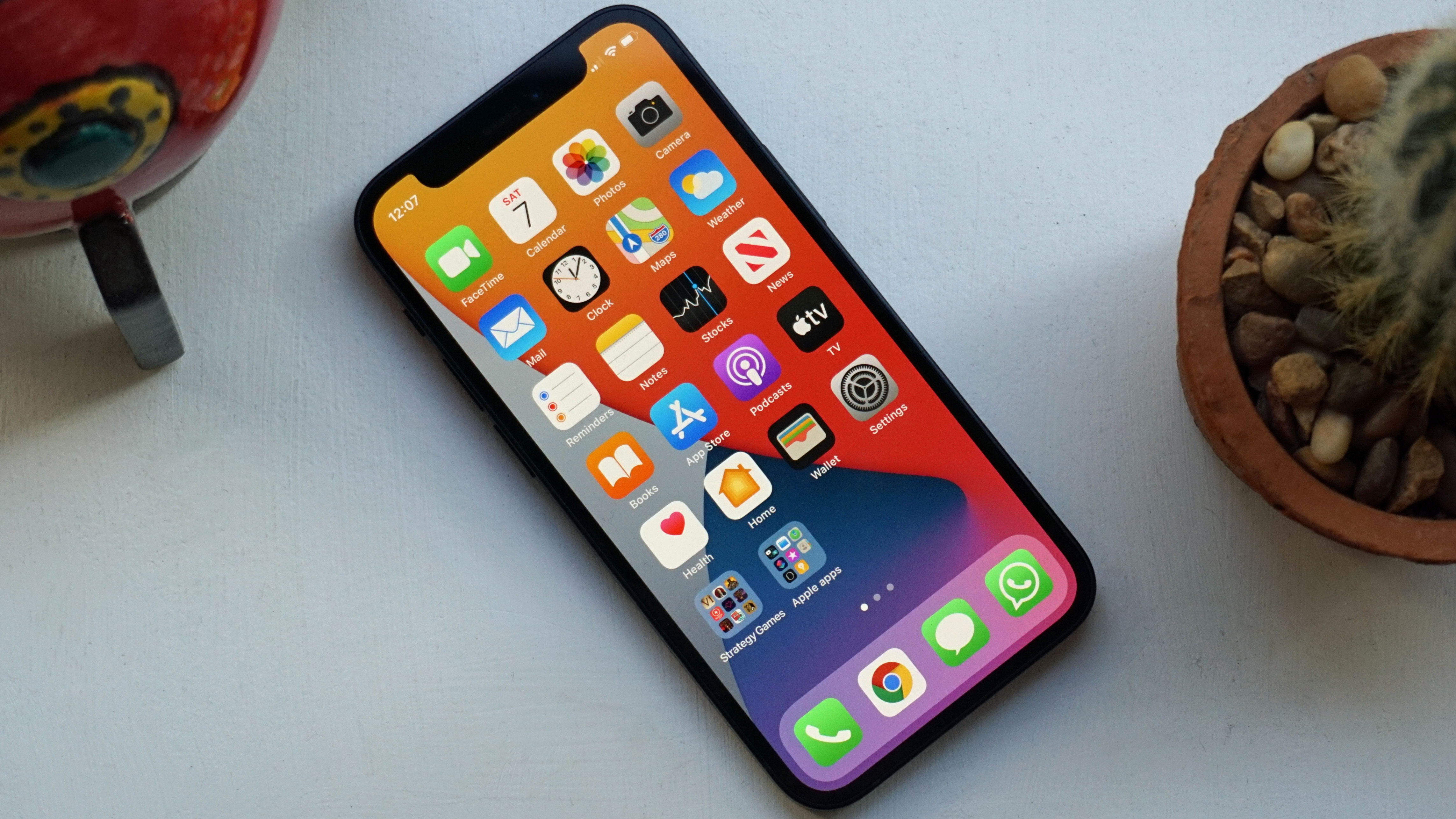5G phones became the norm in 2020, but it still isn't a reason to upgrade
Next-gen internet connectivity has been available on smartphones since 2019, but 2020 was the year the technology began to shine, with most top-end devices you could buy this year sporting the new tech and more networks launching coverage around the world.
Samsung’s entire Galaxy S20 range included 5G-ready handsets, OnePlus brought the feature into its top-end phones, a whole host of other Android manufacturers debuted 5G-ready devices, and every single member of the iPhone 12 family is built with 5G in mind.
That’s impressive considering this time last year you only had a slim selection of 5G handsets on the market, with choices such as a specific Samsung Galaxy S10 5G variant if you wanted the next-gen tech.
It’s great that manufacturers are embracing the technology, and there are now even cheap 5G alternatives to big name handsets like the Google Pixel 5 and iPhone 12 mini. For example, the Realme X50 5G only costs £300 in the UK, making it one of the cheapest ways to get 5G.
One big rumor suggests 5G phones will become cheaper still in 2021. That makes sense as the technology becomes more commonplace, and there are rumors that Samsung will be introducing a handset called the Galaxy A22 5G that will cost only 200,000 Korean won (about $180, £135, AU$240).

But while 5G technology is now much more prevalent and cheaper to access, it's still not a big enough sole reason to upgrade your phone.
If you’re looking for a new handset and you would like it to be futureproof, by all means opt for a 5G-ready phone. That is the smart thing to do. We readily recommend 5G handsets, in fact a good portion of the devices in our best smartphone ranking are already 5G-ready, but don’t choose one of these purely because it has 5G tech baked in.
When 5G signal is available and you’ve got a compatible device, you can reach some phenomenal speeds. But there are a lot of hoops to jump through to get there and even by the end of 2020 it still isn't ubiquitous.
You’ll need to live in a 5G-ready area, have the right phone, pay extra for 5G connectivity from your provider (that isn’t always the case, but many do charge extra), and more.
It's now becoming a reality
For example, in South London we’ve seen 5G coverage on a number of UK networks increase incredibly quickly in 2020. It’s still not available everywhere in this specific area, but we’ll often get those faster speeds when out for a walk, and it’s generally helpful when streaming music or sending messages.
But it isn’t available everywhere, and if you don’t live in such a metropolitan area you may have to wait a while longer for it to roll out where you are. We expect the technology to expand much further in 2021, but there's no guarantee you'll see it where you live then either.
Then there's the Covid-19 pandemic that has meant we’re making far less use of mobile networks, as we stay at home on our Wi-Fi connections more. If your house is covered by 5G, you may experience higher speeds than your Wi-Fi, but that is rare unless you live in the center of a city.
If you need to upgrade your phone, 2020's handset selection has made being ready for 5G to become more prevalent in the next few years much easier. You can upgrade to an iPhone 12 or any number of Android phones and know you won’t be left behind in a few years when 5G is more commonplace.
Our advice remains that you shouldn't upgrade specifically for 5G though. Don’t upgrade your phone purely for 5G as you may as well wait for it to become more common and easier to access.
- What we know about Samsung's Galaxy S21, 2021's first big 5G phone


No comments